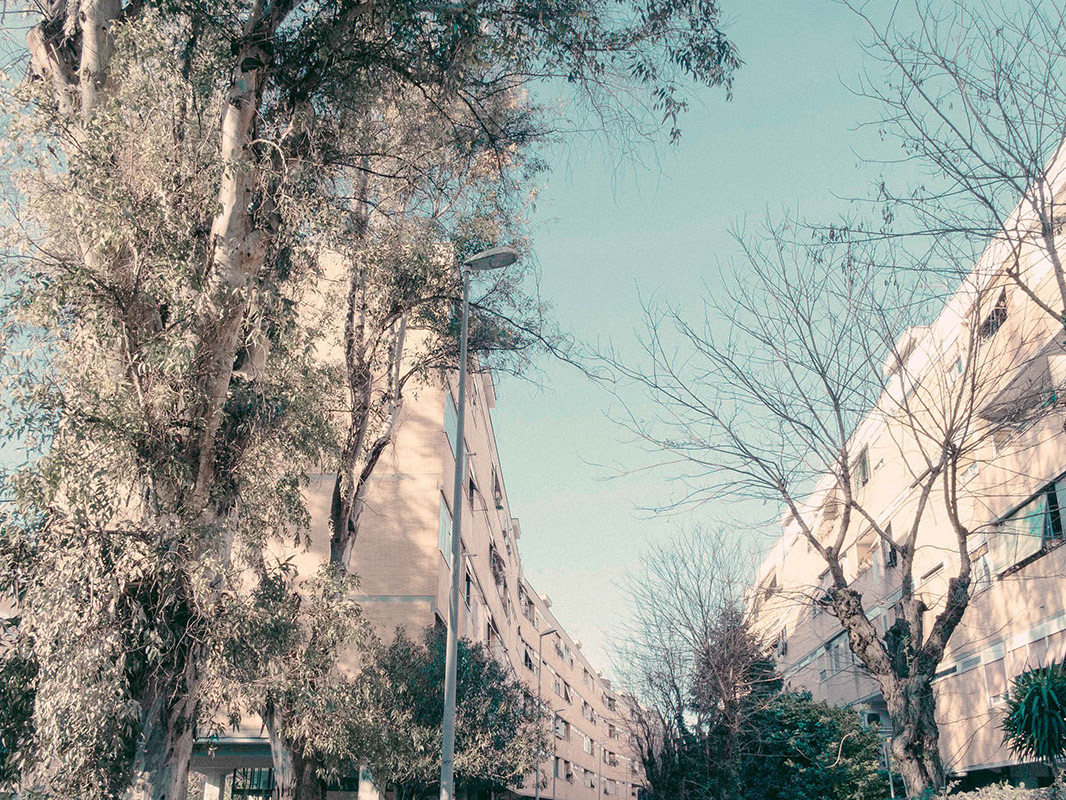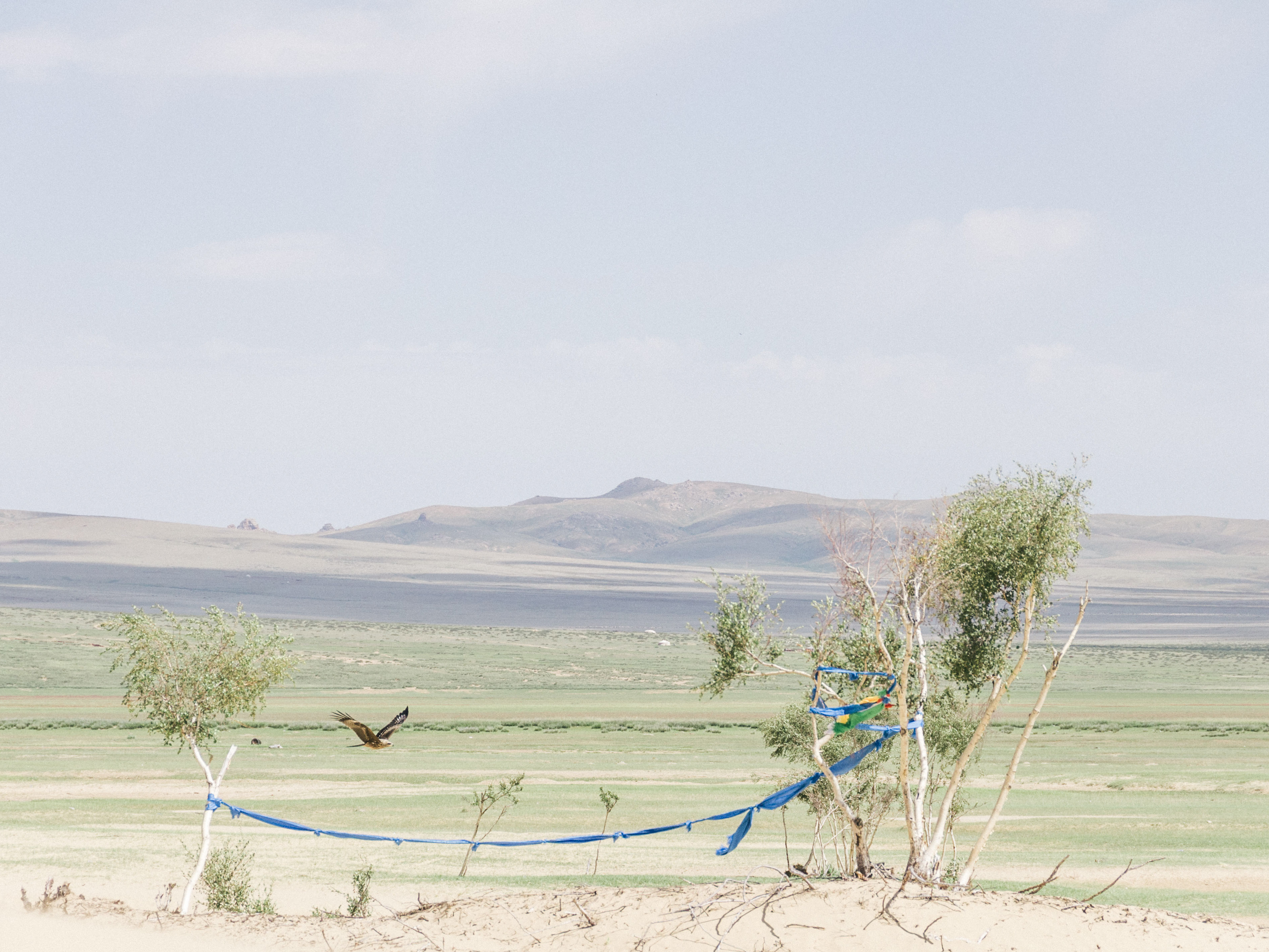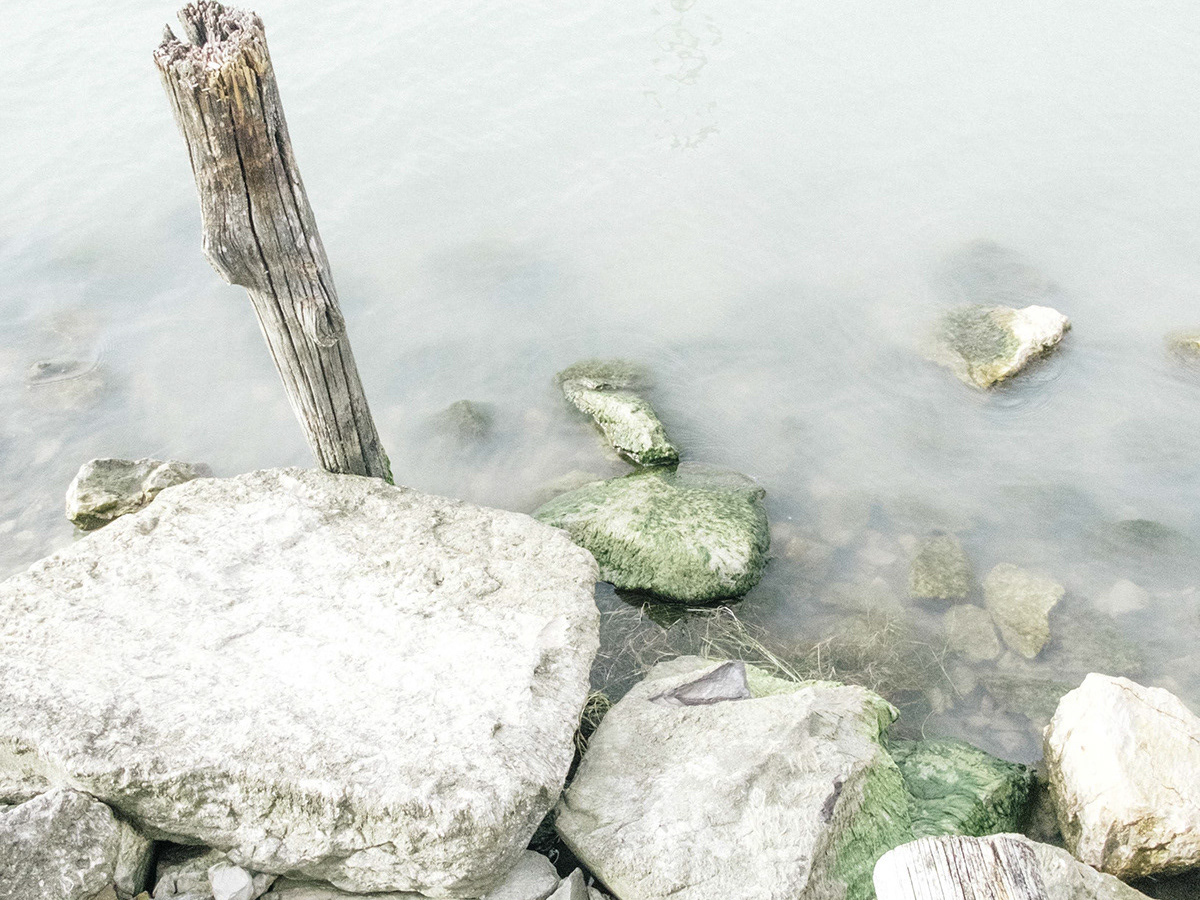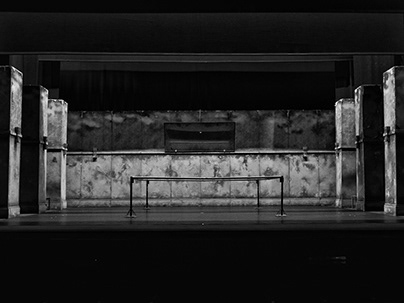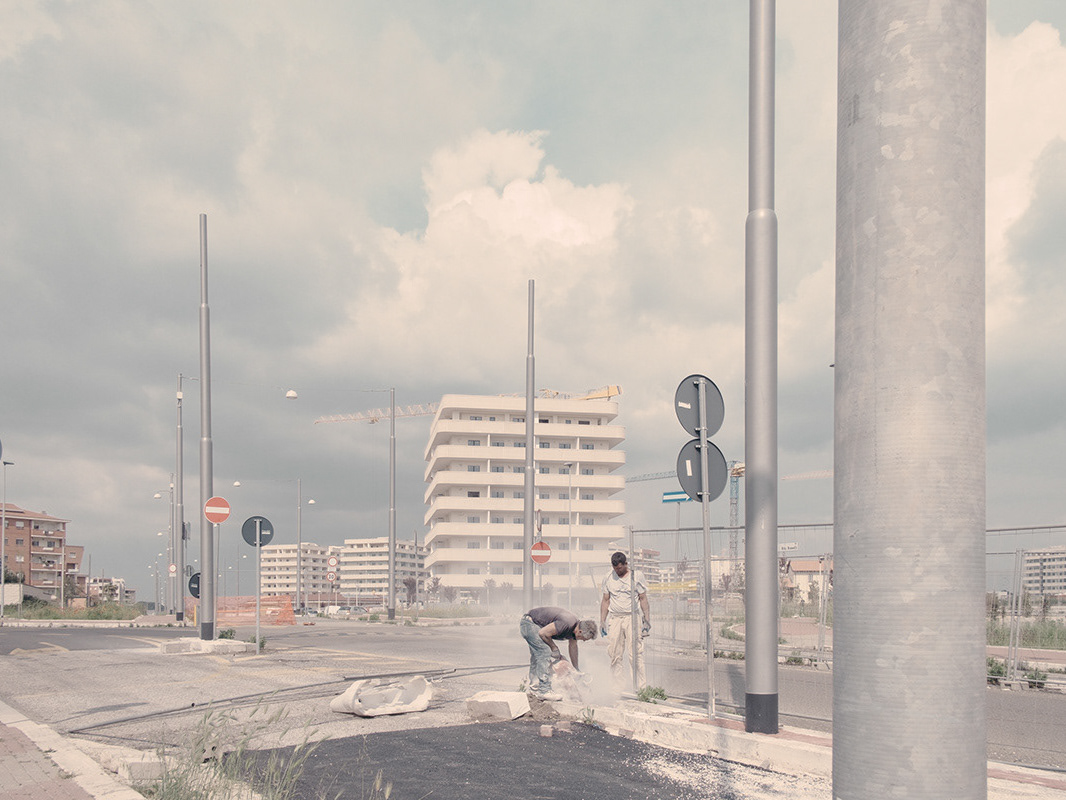TONLÉ SAP is a seasonally inundated freshwater lake/river system, connected to the Mekong River, in Cambodia, South Asia. Its size varies enormously during the year, affecting every form of life depending on this extremely productive echo-system.
The area is also well known for its wetlands and flooded forests, forming an extraordinary maze of adjoining habitats.
Due to its great biodiversity, Tonlé Sap has been designated as Unesco biosphere Reserve in 1997; yet, the area is at risk of pollution, over-exploitation and degradation.
Tonlé Sap is a complex hydrological system, making the Cambodian floodplain an astonishing mix of natural and agricultural habitats.
The Lake is surrounded by so-called "flooded forest", freshwater mangroves bordering in turn a thriving tropical forest.
The area is well-known for its floating villages (Chong Kneas and Kampong Khleang, for instance), where actually everything floats on water: houses, markets, schools, fisheries, even basketball courses. Connected as it is with the Mekong River and ultimately with other riparian countries, the Tonlé Sap is easily accessible. Thus the villages show many different styles of houseboats and households: Khmer, Vietnamese, and Muslim. It is a multi-faceted floating world.
Everything floats on water. And enter villages simply move along the river according to the season and the changing level and volume of the water. Life depends on water.The floating villages are home to thousands of family.
The paradox is that nobody here has access to clean water.
A floating school donated by UNESCO. Schooling and education have been affected by the dramatic history that marked this country. Until the 1930s, only Buddhist education was available to the population. During the French protectorate, an educational system was inaugurated, but all schools were closed by the Khmer Rouge, while all intellectuals, teachers and educators were executed. Only after the establishment of the People's Republic of Kampuchea an education system was set up again. Poverty still pushes many students out of schools, and this area makes no exception.
Fishing is one of the most important activities in the area. It is regulated by a 1987 law. Yet, due to poor interest in environmental issues, all riparian states along the Mekong River have announced or already implemented plans to exploit the hydroelectric potential of the area, endangering the biodiversity.
The lake is home to 149 species of fish, some of which threatened or near-threatened, and hundreds of plants. Despite protection, illegal fishing, poaching and cutting the forest put this echo region at risk.
In recent years, the amount of fish caught has been steadily declining and peasants must work harder to earn their living.
Tonlé Sap is the heart of the country.
Tonlé Sap is the center of the national freshwater fishery industry. The whole community is involved in sorting, cutting, cleaning, salting, and processing fish. One of the typical products is prahok, a fish paste complementing every dish.
Fishing represents the nation's main source of proteins. The whole community is involved in the massive work deriving from fishing.
One of the many different fishing techniques.
Some villages are built on piles. During the dry season, they become, literally, "bamboo skyscrapers".
Village life.
Fishing is so productive that it has sustained the whole Angkorean civilisation and the megacity of Angkor from the 9th to the 15th century.
Villages have their temples. Since Buddhism is so widespread, involving the maximum respect for every form of life, people fish for personal need in the open areas and do not kill the fish, waiting instead for it to die naturally in the open air; then they pray and thank for this present received from nature.



